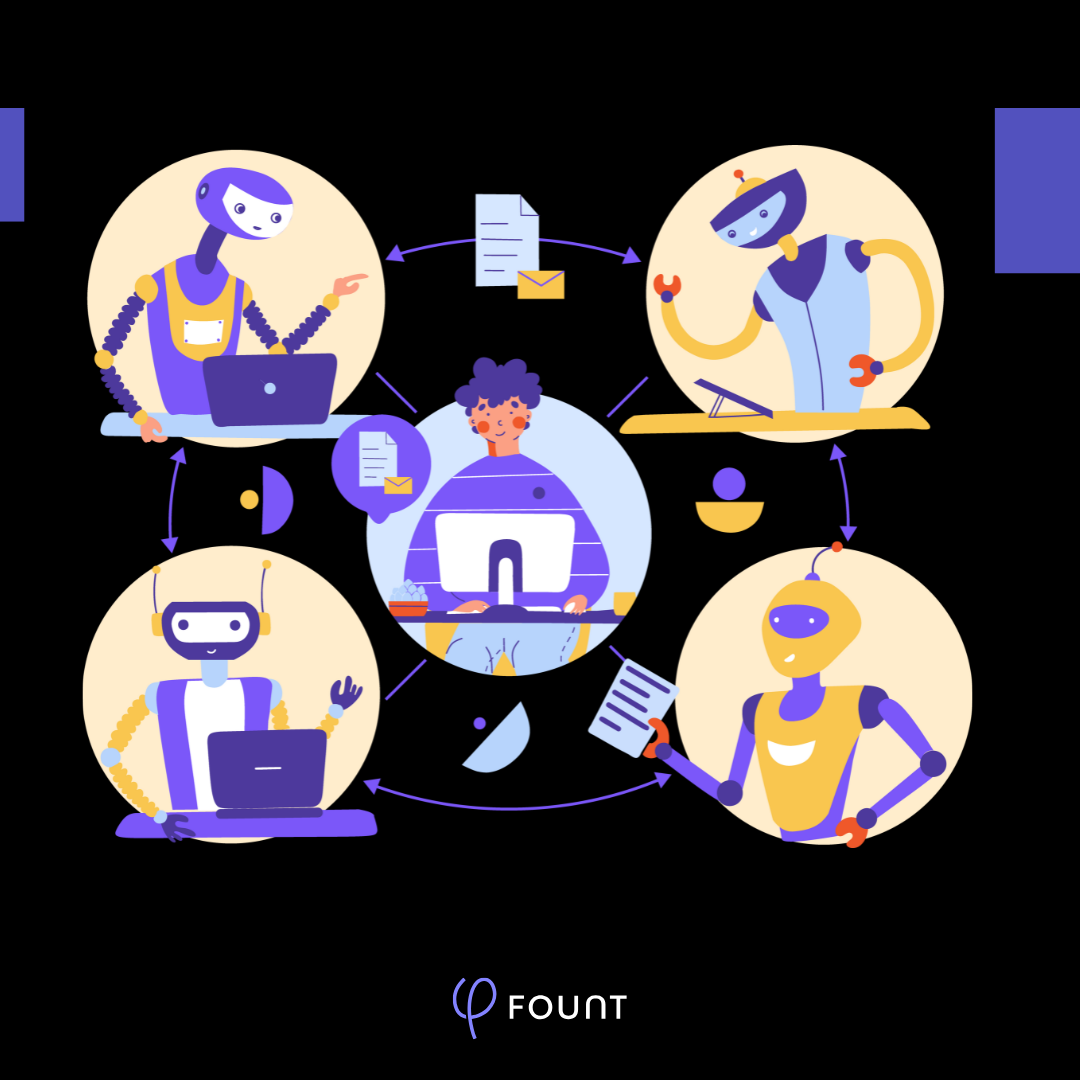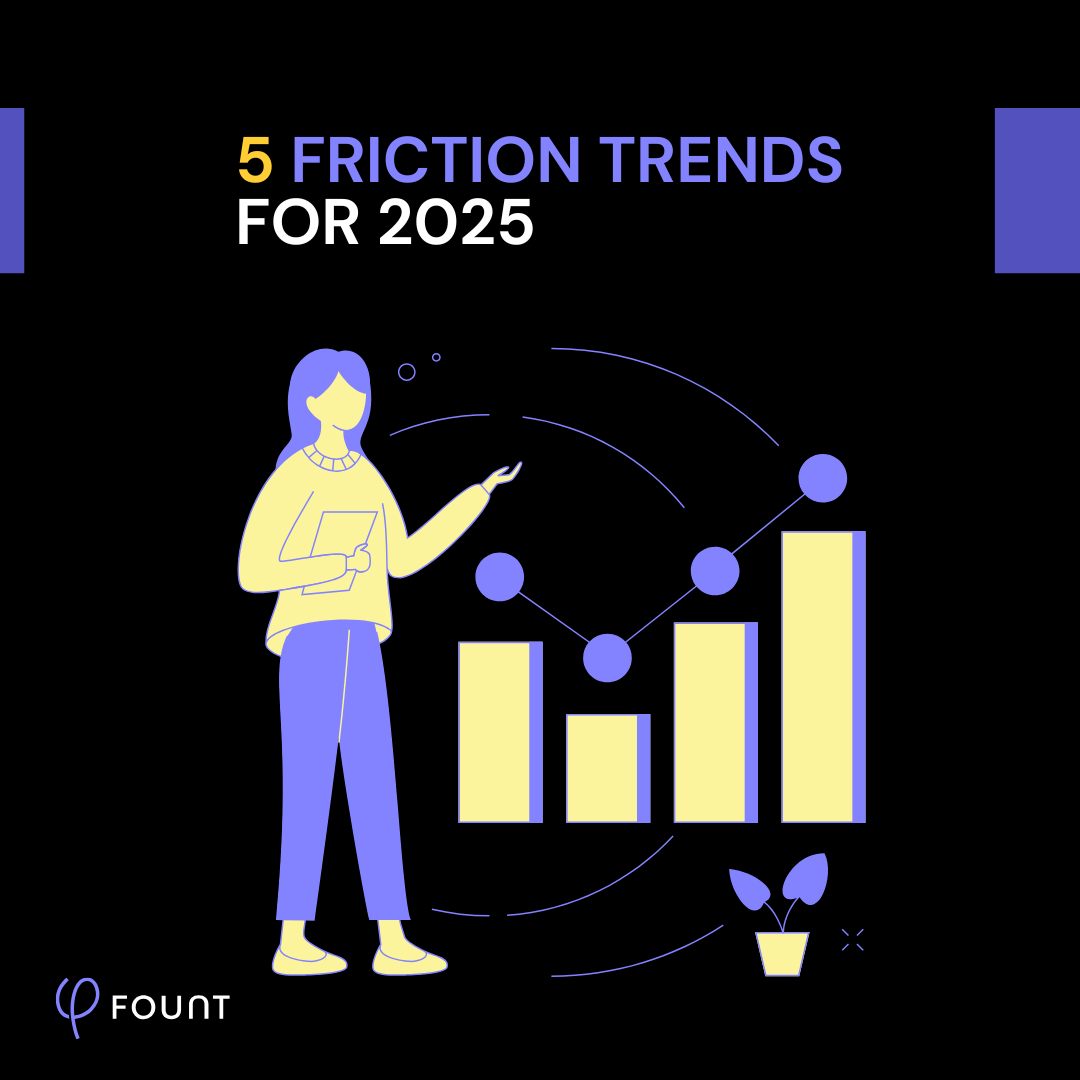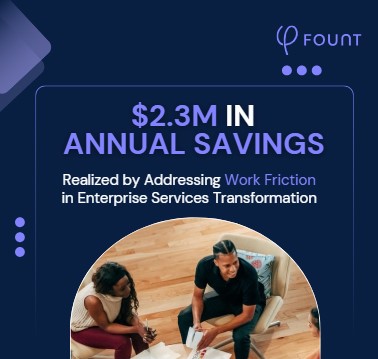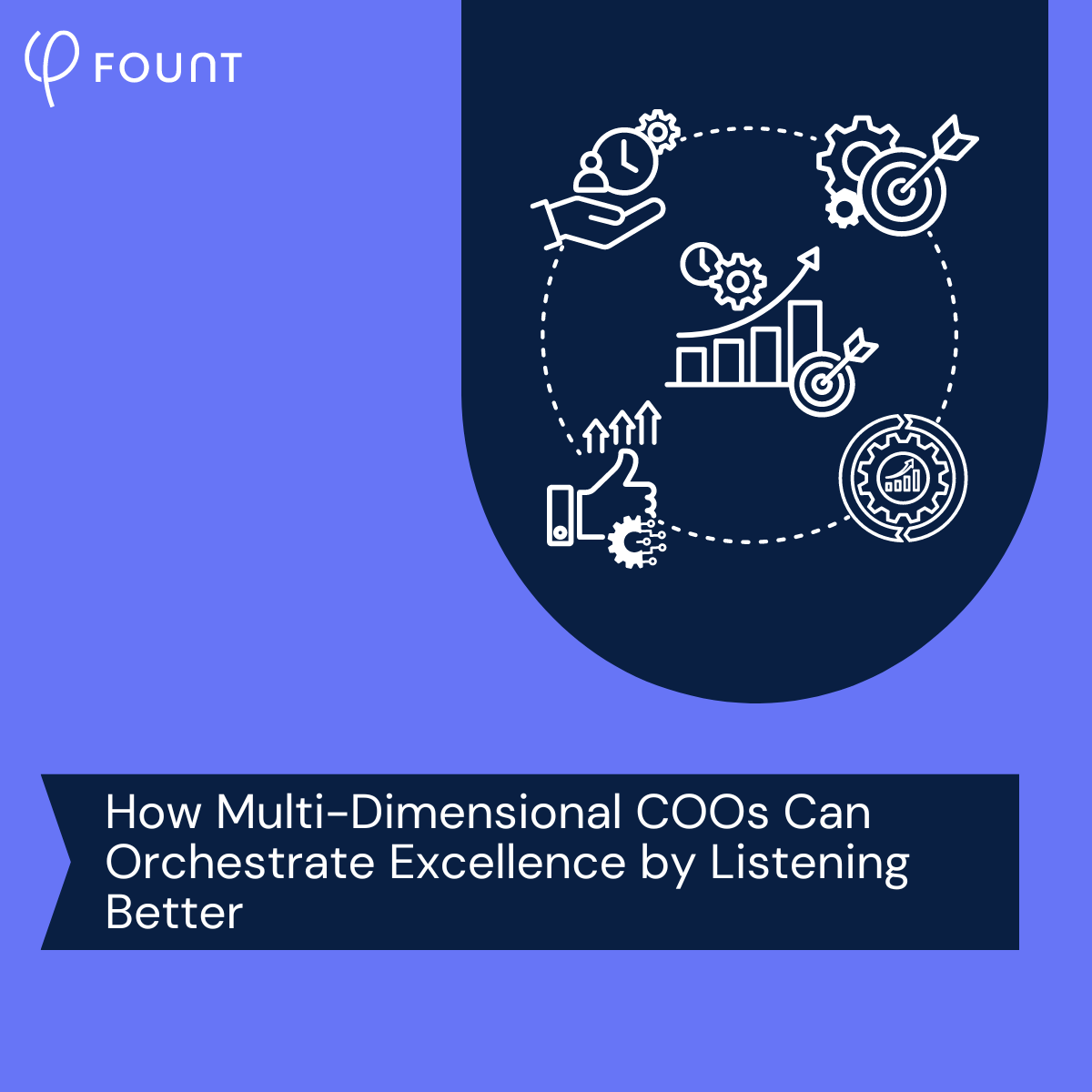An Ecosystem Approach to Learning and Development
A summary of the details of the article will go here.
HR may need to adjust its preferred ways of working to get the partners it needs to fertilize the soil for learning and development.
Jennifer E. Sigler, Head of Research at FOUNT Global, Inc.
Have you ever trained and trained and trained… and nothing changed? I once spent a year as Head of L&D at a consulting firm, trying to convince the C-suite that our organizational culture and incentive structures were smothering our skill development efforts like seeds in rotten soil. It was a long year.
Now, as Head of Research at FOUNT Global, I work in much more fertile soil. One of our favorite sayings here is, “Change the environment, not the flower.” It comes from a story one of our clients told us years ago, about how she used to use training, motivational workshops, leadership events, and communication campaigns to try to “change the flowers”—until she realized that the flowers weren’t the problem. Their environment was the problem.
What If It’s Not the Flowers?
Train all you want, if your organization is riddled with bureaucracy, burdensome process, broken systems, unhelpful relationships, and all kinds of other friction, your people will still not be able to do the thing you want them to do at the end of the day. HR must get that stuff out of their way.
Because friction fouls up the soil employees grow in, eliminating friction in your organization could dramatically improve your training outcomes. And in many ways, learning and development professionals are ideally positioned to spot friction: Every request for training is an attempt to solve a problem—and an opportunity to root-cause that problem. Why do employees need a training? Why aren’t they behaving as the organization desires? What’s getting in their way? If the answer to these questions isn’t “there’s a knowledge/skill deficit in the flowers,” you’ve probably got some friction to eliminate in the growing environment.
Unfortunately, the State of EX 2022 report suggests most HR teams aren’t currently well equipped to do that.
Nobody Wants to Garden with Us
Learning and development activities are relatively siloed in HR. Sure, we need input and some measure of collaboration from the target training populations and maybe IT to build an appropriate intervention, but for the most part, we build the intervention, because we’re the experts. That makes solving knowledge/skill deficit problems relatively simple. (Emphasis on “relatively”!)
In contrast, 76 percent of respondents to the State of EX survey said the top influencer of employee experience (EX) isn’t HR at all, but business unit leaders and managers. Which means much of the friction that prevents employees from achieving training outcomes isn’t owned by HR. It’s owned by other corporate functions, business units, frontline managers, and other people HR doesn’t control. And 79 percent of survey respondents said they struggle to coordinate EX improvement work across these owners.
Where does this struggle come from? There might be a tendency for business leaders and managers to consider all people work “HR’s job”—i.e., not their job. Indeed, 76 percent of survey participants said their organizations assign primary accountability for EX to HR, not organization-wide, which would seem to encourage non-HR colleagues to shrug off the influence they have on EX and shirk their role in improving it, even if they own the friction.
We see evidence of this attitude in some of the data. For example, of the EX professionals who took the survey:
- 72 percent said their EX/HR team usually owns or leads EX improvement projects, rather than supports or enables them
- 82 percent said the data they use to improve EX is managed by the EX/HR team, rather than the business
- 90 percent said EX improvement projects are most often initiated by the EX/HR team, rather than the business
Similarly, when we asked EX professionals who their most important partners are, they said business leaders, hands-down. But when we asked who their most helpful and frequent partners are, they bumped everyone in HR (including People Analytics, the COEs, and HRBPs) up above business leaders.
Maybe It’s a Little Bit of Us
However, we have reason to believe that the business has very good reasons for not wanting to cooperate with us. When we compare business leaders’ survey responses to those of EX and HR professionals, they look really different on some dimensions. For example, business leaders were much more likely than EX and HR professionals to say that:
- Their organizations’ EX data is inadequate for their needs
- Their most valuable EX data comes from targeted employee listening, rather than enterprise-wide employee listening
- Financial (as opposed to HR or people) outcomes are most important when improving EX
- They communicate specific EX priorities to employees themselves, not just HR and other leaders/managers
These differences seem to paint a picture of business leaders and managers who want more targeted data to solve pressing people-related business problems. They want to be able to tie the impact of solutions to their bottom line. And they want employees to be informed of what’s going on.
In contrast, the responses of EX and HR survey participants suggest they want to solve big, enterprise-wide problems at scale (training, anyone?), and their current listening tools are indeed more appropriate for this than for targeted solutioning. They probably also want to tie the impact of solutions to the business’ bottom line, but they haven’t figured out how to do it. And they’re less concerned about letting employees know what’s going on than they are about keeping senior leaders informed.
There’s a disconnect here. The business needs small, local solutions that show up quickly on the balance sheet. Meanwhile, HR is focused on big, broad solutions, which tend to take a long time to bear fruit. All of this makes perfect sense given each party’s organizational position and sphere of responsibility. But if business leaders and managers are the real EX-influencers in the organization—as survey respondents agreed they are—HR may need to adjust its preferred ways of working to get the partners it needs to eliminate friction and fertilize the soil for learning and development.
Gardening Together, Inside HR and Out
HR’s need to coordinate across friction owners highlights the increasing interconnectedness of all parts of modern organizations. How much more does that interconnectedness apply across HR divisions themselves. It’s faster and easier for L&D professionals to simply fulfill a request for training. That’s their mandate. Someone else does EX. Someone else does friction. But that “it’s someone else’s job” attitude isn’t solving problems, outside or inside of HR. Real solutions begin at your door, when you tell a business leader who asked for a training, “We’ve identified a small environmental change we could quickly make together to fix this problem without training. Would you like HR to help with that?”
This article was authored by Jennifer E. Sigler, Head of Research at FOUNT. It was originally published in Training magazine.
Related Resources
See all News
FOUNT News
June Newsletter: Friction is Killing Your AI ROI.

Insights
Breaking the False Tradeoff in GBS: Efficiency vs. Experience

Events
LIVE Webinar – July 9th for SSON Network. Beyond AI Hype: How to De-Risk Your GBS Transformation with Friction Data

Insights
To Create New Value, GBS Leaders Need Different Data

Insights
How to Keep Up with the Latest AI Developments

Insights
APRIL Newsletter. Friction: You Can’t Improve What You Can’t See

Guest Post
AI is Reshaping the HR Operating Model: Here’s What 15 Leading Companies Discovered

Insights
5 Friction Trends for 2025




